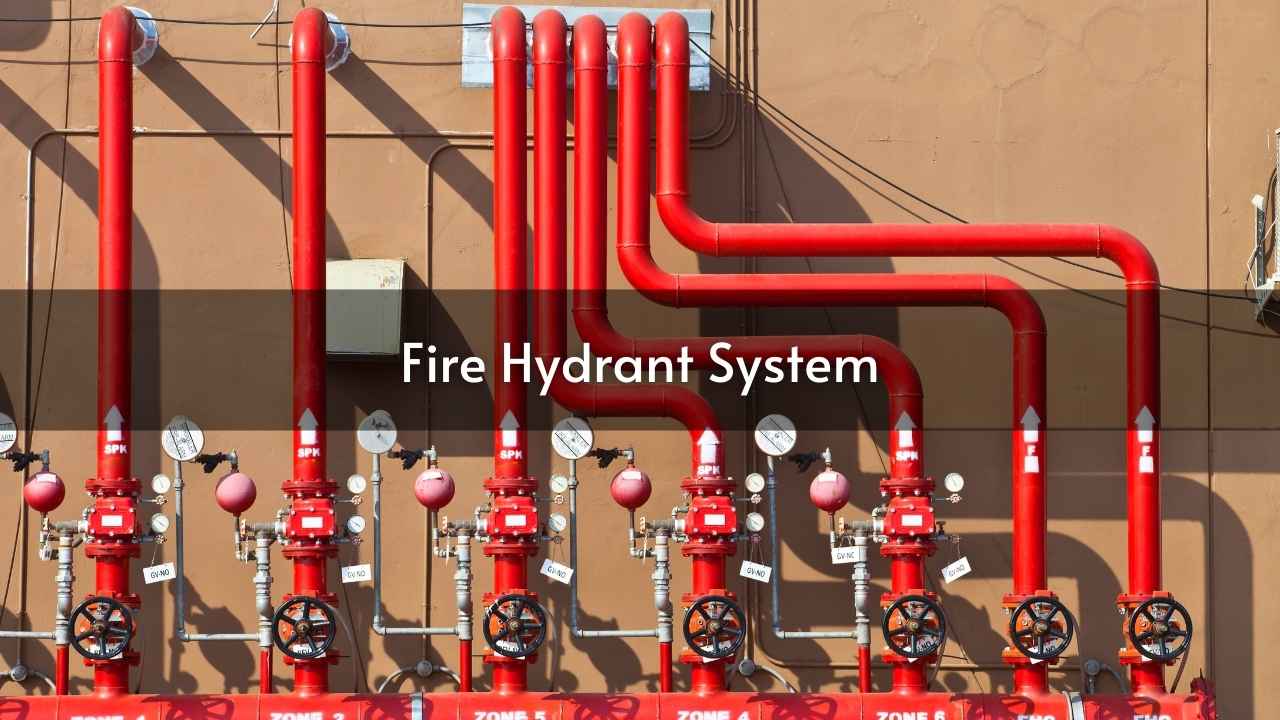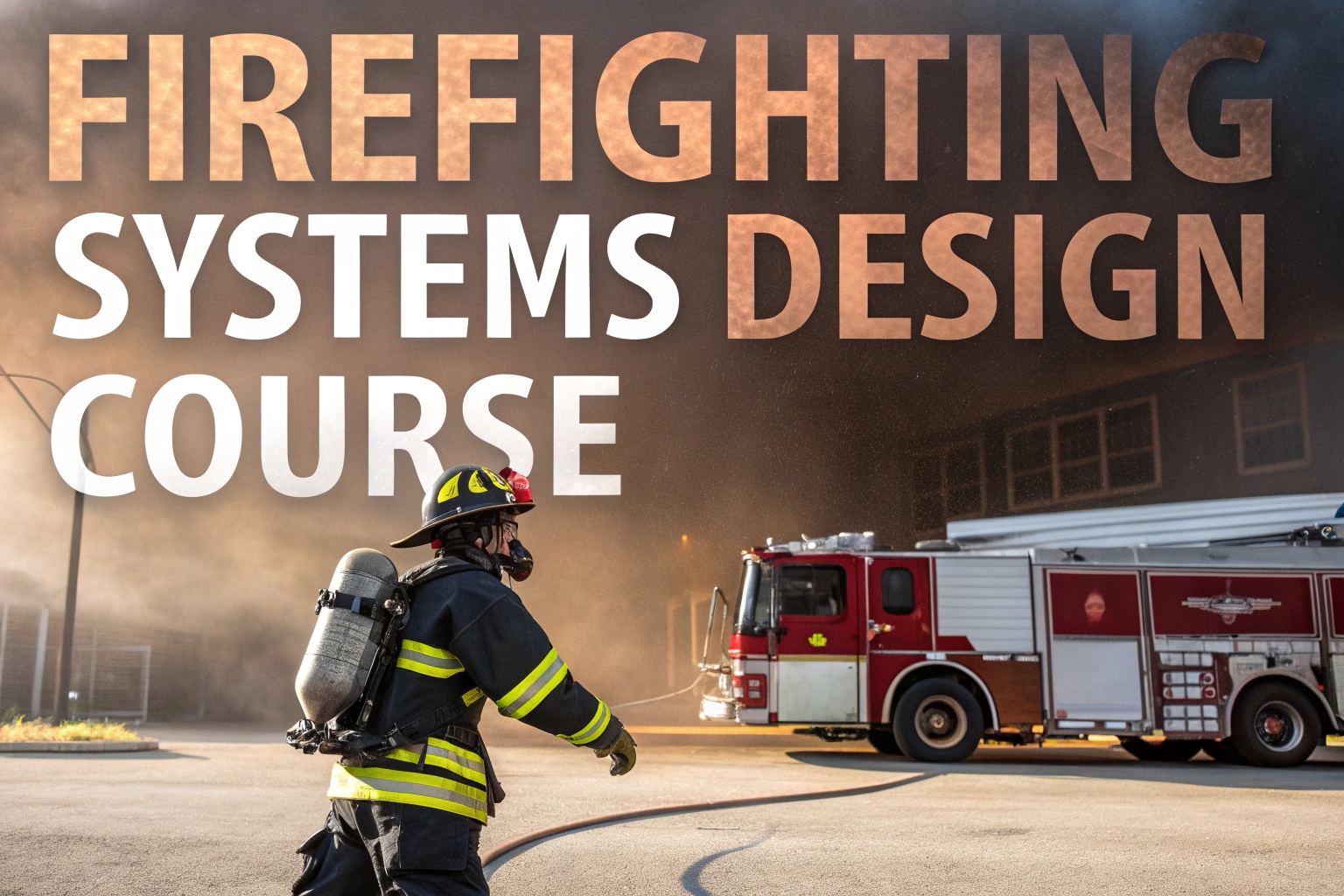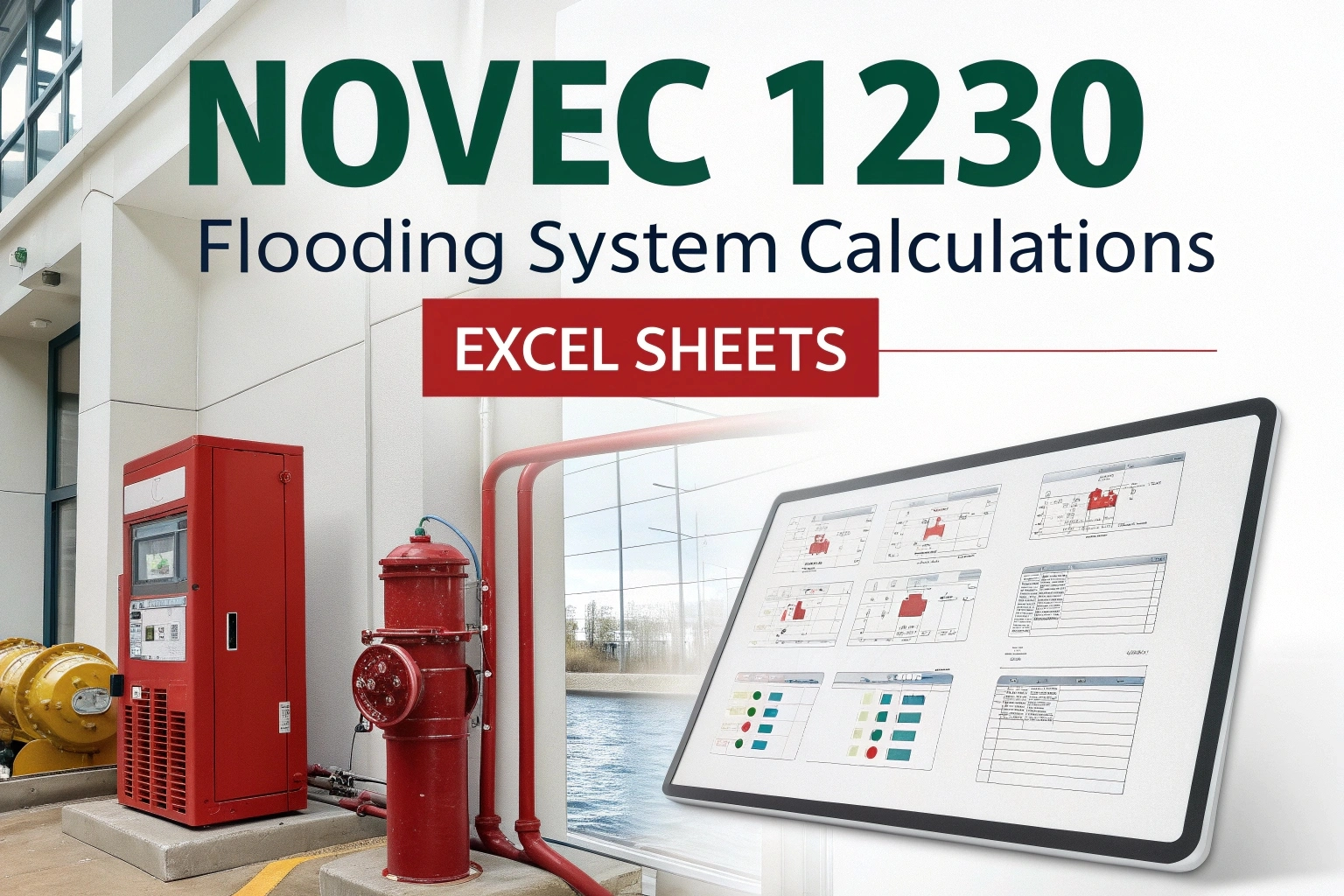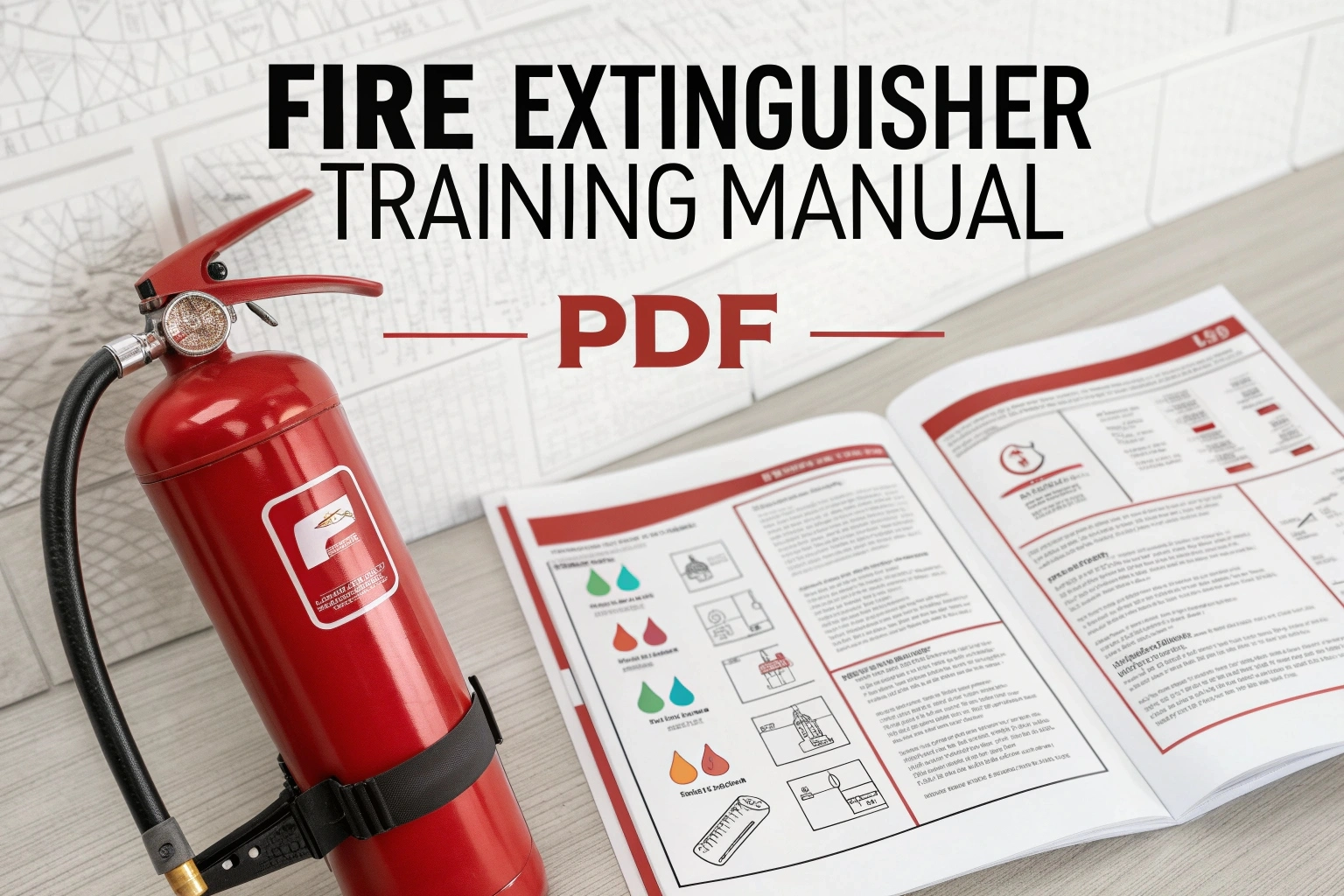There are many tools to keep your business safe from fire, and a sprinkler system is one of the most important. You have many choices when it comes to sprinkler systems. One option is the deluge sprinkler system. But what is a deluge system, and how does it differ from other types? Keep reading to learn more!
What is a Deluge Sprinkler System?
A deluge sprinkler system uses dry pipes without pressure and has open sprinkler heads. It connects to a water source that releases water when needed. When the heat or smoke detection system goes off, the deluge valve opens, allowing water to flow through the sprinkler heads to extinguish the fire.
How is it Different from a Pre-Action Sprinkler System?
A deluge sprinkler system works differently from a pre-action sprinkler system in several ways. First, the deluge system covers a large area, while the pre-action system targets specific areas based on where the fire suppression is needed. Also, in a deluge system, the sprinkler heads stay open, unlike in a pre-action system where the heads remain closed. Finally, the deluge system works best in high-risk areas where a constant, widespread flow of water or other extinguishing materials is necessary.
How Does a Deluge Sprinkler System Work?
A deluge sprinkler system works in a simple but effective way. Here’s how it operates step by step:
- A deluge fire suppression system uses an open network of pipes. These pipes connect to several valves that release a suppression agent into certain areas.
- When the system detects a fire through various automatic methods, the suppression agent flows through all sprinkler heads at once. This quickly controls, reduces, or puts out the fire before it can cause serious damage.
- Deluge systems can cover large areas or target specific equipment or spaces. This gives you control over how the system protects your business.
Key Components of a Deluge Sprinkler System
A Deluge Sprinkler System has several important parts that work together to quickly put out fires. Knowing these parts helps you understand how the system works:
- Open Sprinkler Heads: These heads don’t have heat-sensitive parts like regular sprinklers. They let water flow out right away when the system starts.
- Heat Detectors: These sensors notice changes in temperature and send a signal to turn on the system.
- Control Panel: This panel runs the system, making sure the deluge valve opens and water flows.
- Deluge Valve: The valve opens to let water into the sprinklers. It needs to work fast to stop the fire.
- Water Supply Tank: This tank holds enough water, ready to be used as soon as the system activates.
Benefits of Deluge Sprinkler Systems
Deluge sprinkler systems come with many benefits, making them a great option for high-risk areas:
- Quick Response: All sprinklers turn on at once, covering the area quickly and helping stop the fire from spreading.
- Ideal for High-Risk Places: These systems work well in areas with flammable liquids or chemicals, where regular sprinkler systems may not be enough.
- Less Water Damage: Deluge systems control fires early, using less water and causing less damage than a fire left to spread.
- Flexible Use: You can use deluge systems in places like industrial sites, warehouses, and transformer rooms.
Uses of Deluge Sprinkler Systems
Deluge Sprinkler Systems work well in places with high fire risks. Here are some common uses:
- Chemical Storage Facilities: These systems help stop fires quickly in areas with flammable chemicals, preventing them from getting worse.
- Oil and Gas Operations: Places that handle oil and gas need strong fire protection, and deluge systems provide a good solution.
- Transformer Rooms: Electrical transformer rooms, which have flammable materials, can use deluge systems to reduce fire dangers.
- High-Hazard Industrial Areas: Factories and plants that deal with dangerous substances are perfect for installing deluge systems.
Are There Other Sprinkler System Options?
Besides the deluge and pre-action sprinkler systems, there are more options available. For example, the wet pipe sprinkler system keeps water in the pipes under pressure. When the sprinkler head activates, water flows out to stop the fire. Another option is the foam water sprinkler system, which uses foam to put out fires. This system works well in places where water might not be as effective, like buildings with alcohol or gas.
The best sprinkler system depends on the type of building and what’s inside it. So, consider these factors when choosing a fire sprinkler system for your business.
Whether you need a deluge, pre-action, or another type of fire system, Total Fire Protection can provide the information and services you need.
Conclusion
The Deluge Sprinkler System plays an important role in fire protection for high-risk areas. It covers large areas quickly, helping to prevent major fire damage. Knowing how the system works, its parts, benefits, and uses is important for anyone in charge of fire safety in industrial settings. Proper installation and regular maintenance can greatly improve fire protection efforts and keep assets safe. For more details on deluge systems and fire protection options, reach out to a fire safety expert or visit a local fire protection service provider.
FAQs
What is the purpose of a deluge system?
A deluge system quickly releases a large amount of fire-fighting fluid, usually water or foam, when it detects a fire or when someone activates it. This helps to cut off the fire’s oxygen and fuel, making it easier to put out the flames.
What is the purpose of a deluge valve?
Deluge valves quickly release a lot of water over a wide area to help put out a fire fast. It can be hard to tell the difference between real deluge valves and other types like flow control or auto-resetting valves.
What is the difference between a deluge system and a wet system?
A deluge system uses advanced heat or smoke detectors to release water at the same time to all open sprinkler heads. A wet pipe system, on the other hand, stays filled with water but has closed sprinkler heads.
Where are deluge systems used?
People often use deluge systems in places like chemical plants, aircraft hangars, and power plants, where fires can spread quickly. These systems protect valuable assets from fast-moving fires.
Read More – Fire Hydrant System: A Comprehensive Overview















